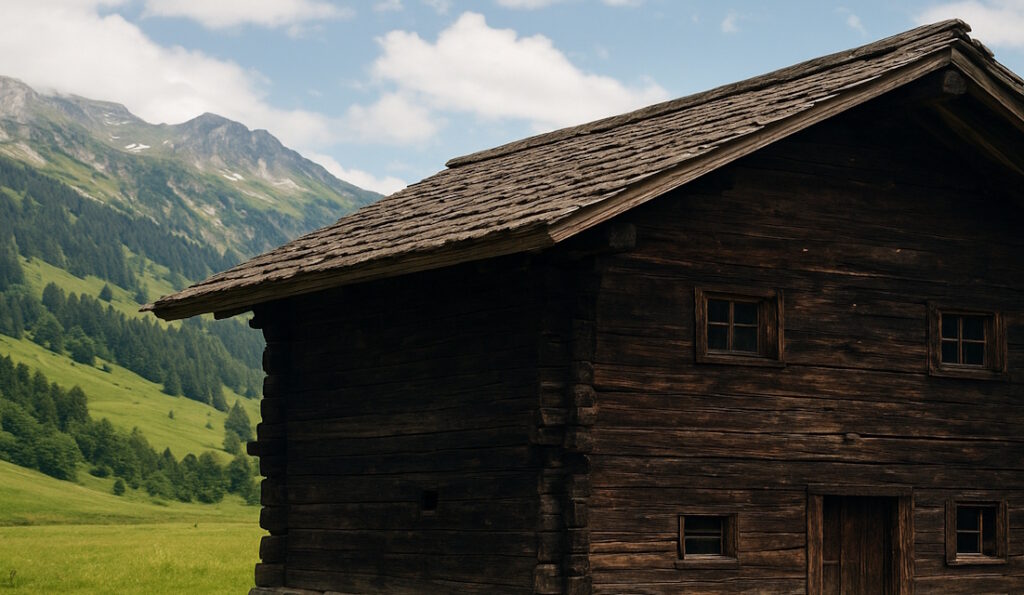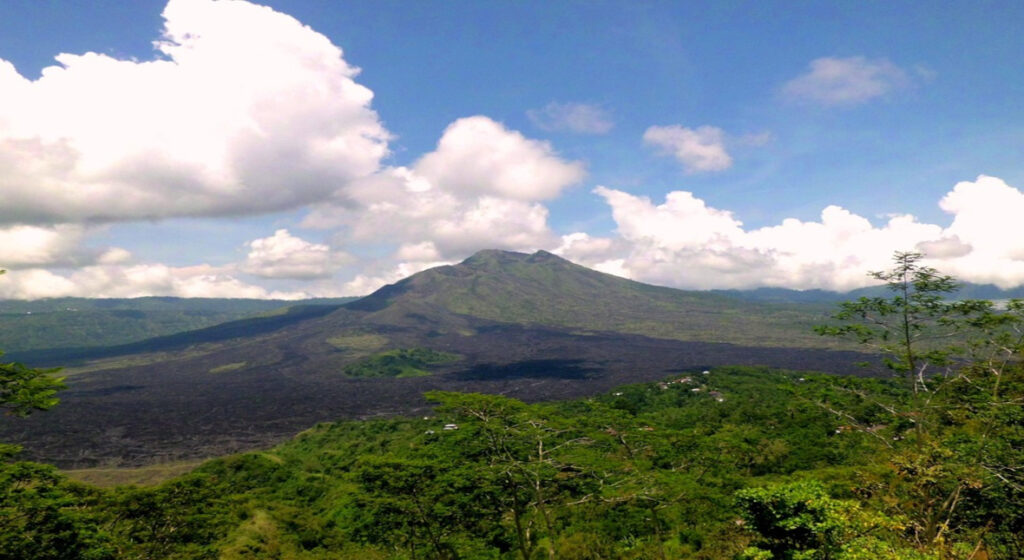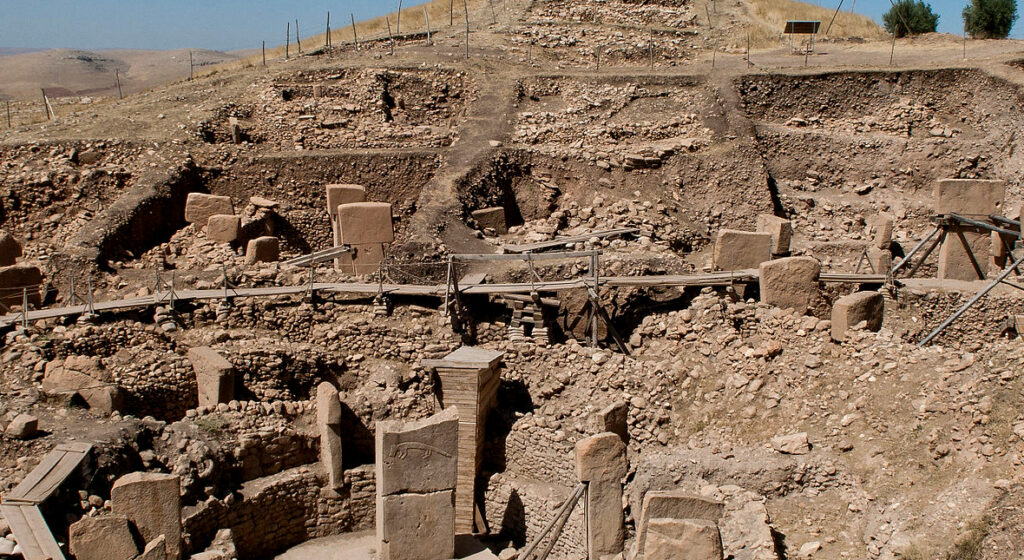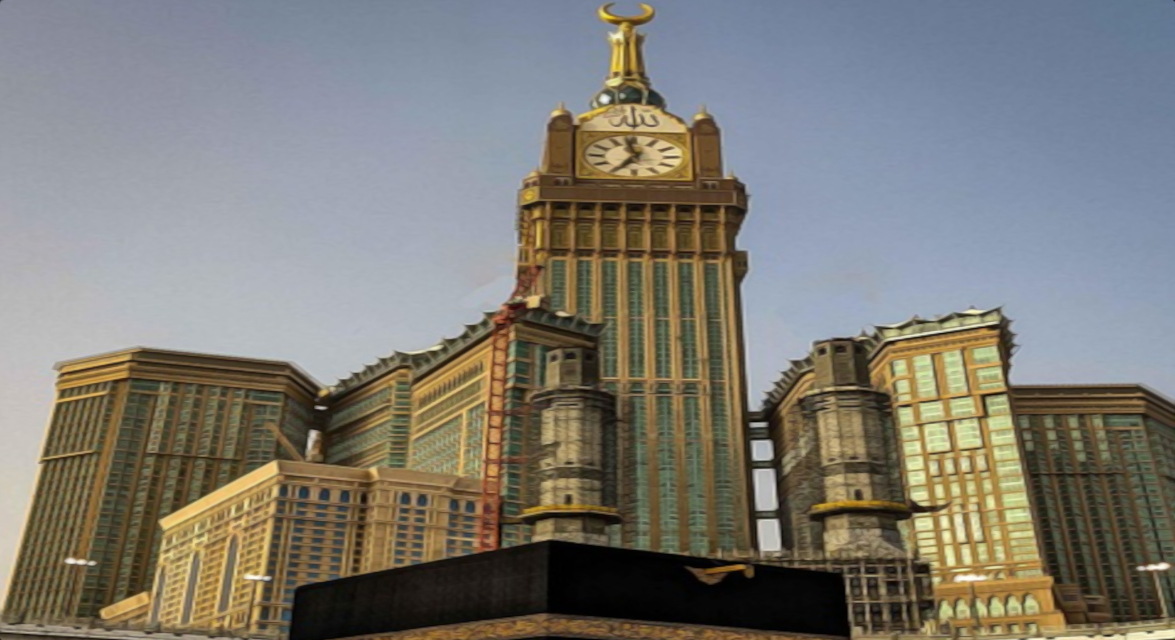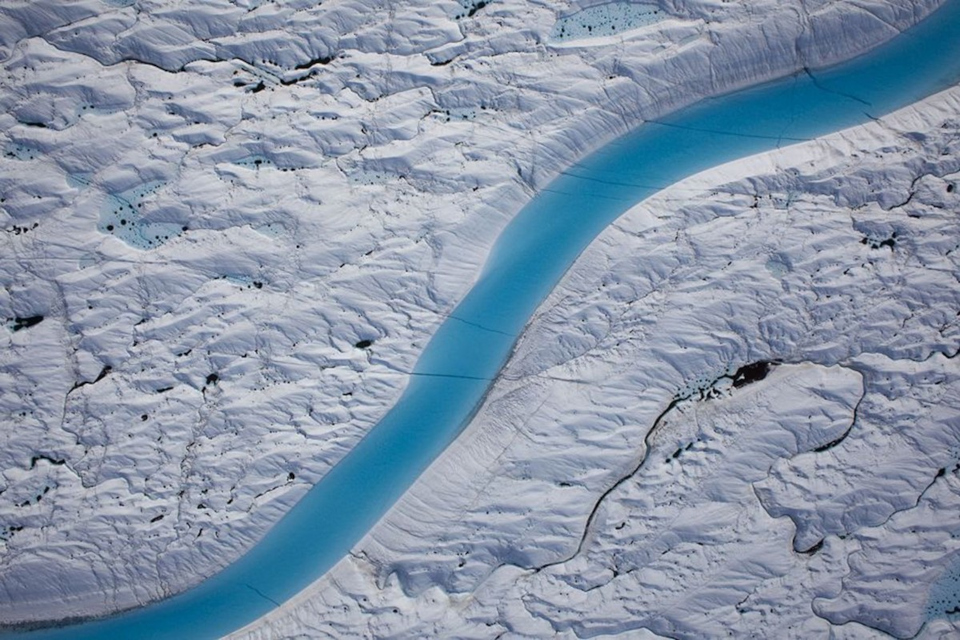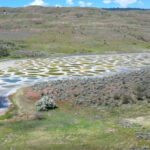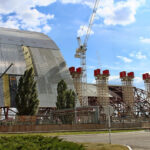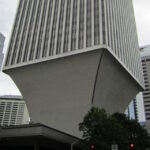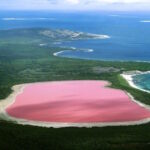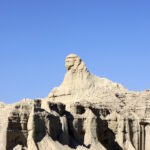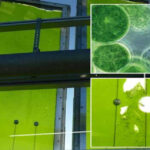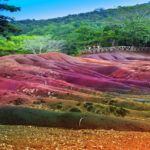Now Reading: Exploring the Architectural Wonders of Maijishan Cave
-
01
Exploring the Architectural Wonders of Maijishan Cave
Exploring the Architectural Wonders of Maijishan Cave
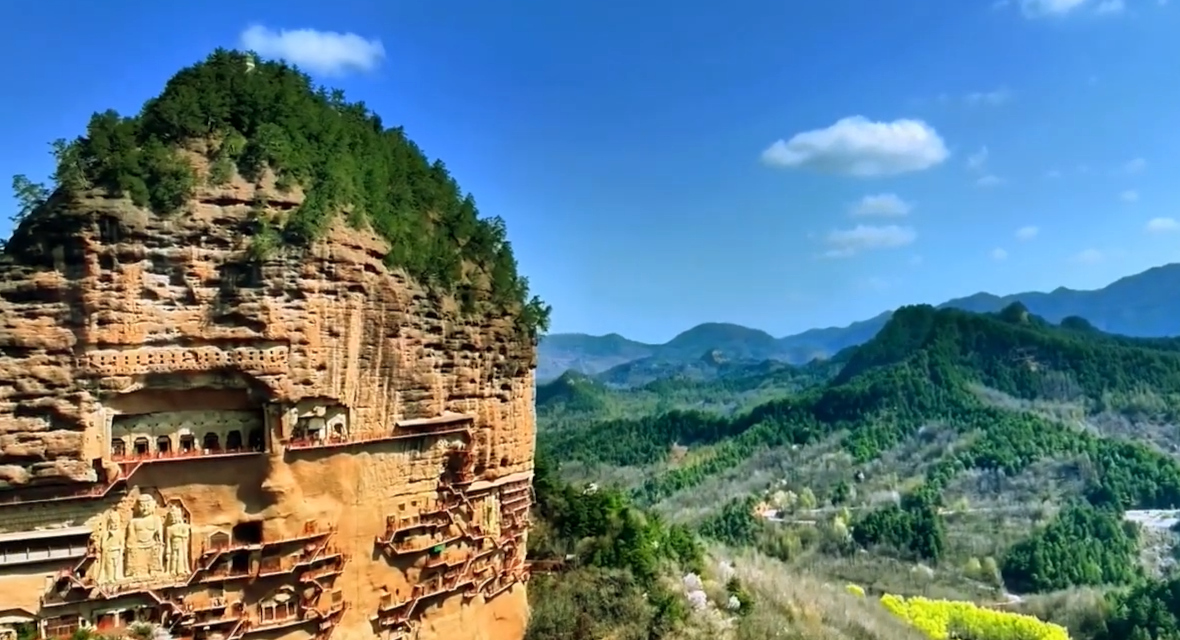
Maijishan Cave, nestled in the picturesque hills of Tianshui in Gansu Province, China, stands as a magnificent testament to human creativity and spiritual devotion. Renowned for its Buddhist art and complex cave architecture, this UNESCO World Heritage site offers a glimpse into the ingenuity and devotion of ancient builders. With over 200 caves carved into the cliffs, Maijishan is a stunning blend of natural and man-made wonders, offering not only a religious sanctuary but also a vivid canvas of cultural expression.
Historical Context
The origins of Maijishan Cave date back to the Northern Wei Dynasty (386–534 AD), during which Buddhist monks began carving these sacred spaces into the cliffs. Over the centuries, the caves grew into a major Buddhist center, particularly flourishing during the Tang Dynasty (618–907 AD). Pilgrims from across China visited Maijishan to engage in meditation, worship, and to witness the artwork adorning the caves, making it one of the most significant Buddhist sites in the region.
Architectural Features
The architectural design of Maijishan Cave is a remarkable feat of ancient engineering, combining both practicality and aesthetics. Perched on the side of a steep cliff that rises around 1,300 feet (400 meters) above the surrounding landscape, the caves are integrated into the natural environment, creating a harmonious blend of man-made structures and the rugged cliffside.
The caves vary in size and shape, with smaller, intimate niches leading to larger, expansive halls that house impressive statues and murals. Many of the caves are connected by wooden walkways, some of which are still in use today. These walkways were strategically placed to allow easy access to the higher caves while respecting the natural contours of the landscape. The use of timber and rock for construction is particularly impressive, as it allowed builders to expand the cave system without compromising its structural integrity.
One of the standout features of Maijishan’s architecture is how it serves both religious and artistic purposes. The caves were not just places of worship; they were also galleries for Buddhist art. The architecture itself was designed to showcase the murals and sculptures, turning each cave into a living repository of Buddhist culture. The arrangement of statues and paintings in relation to the architecture created a unique spiritual environment, inviting reflection and devotion.
Construction Techniques
The construction of Maijishan Cave was a labor-intensive process that required great skill and ingenuity. Carved directly into the cliffside, the caves were hollowed out using basic tools such as chisels and hammers. Workers carefully selected locations that were naturally protected from erosion, ensuring the longevity of both the rock structures and the artwork.
The intricate carvings and murals that adorn the caves suggest that the builders had advanced knowledge of both architectural design and artistic techniques. Statues, made from clay and stone, were placed in niches carved into the rock face, with some reaching as high as 30 feet (9 meters), further enhancing the awe-inspiring nature of the site. The sculptural artwork is meticulously detailed, with Buddhist deities and scenes from Buddhist teachings decorating the walls and ceilings.
The cave construction was a long-term endeavor that spanned several dynasties. As a result, the architecture of Maijishan reflects a blend of different periods, with the cave system evolving as new religious and cultural influences shaped the site. The Northern Wei caves were simple in design, while the Tang Dynasty additions displayed a greater level of sophistication and grandeur.
Challenges and Preservation
Over the centuries, Maijishan Cave has faced numerous challenges, including natural weathering, human impact, and political upheaval. The harsh climate and natural erosion of the cliffs have caused gradual degradation of the caves, while looting and vandalism during periods of instability have further threatened the site. The Cultural Revolution in the 20th century, in particular, led to significant damage to religious sites like Maijishan.
Fortunately, efforts to preserve the caves have been ongoing. Modern conservation techniques are now used to safeguard the site, including climate control measures to reduce the effects of humidity and temperature fluctuations on the murals and sculptures. Regular monitoring of the structural integrity of the caves and the surrounding environment helps to ensure that Maijishan will continue to stand as a symbol of ancient Chinese craftsmanship and religious devotion for generations to come.
Summary
Historical Development
Early Construction (4th–5th Century CE)
Established during the Later Qin Dynasty (384–417 CE), one of the earliest Buddhist cave sites in China.
Influenced by Gandhara and Gupta Indian art, seen in the facial features and flowing drapery of early sculptures.
Expansion and Refinement (6th–10th Century)
Northern Wei Dynasty (386–534 CE): Added large Buddhist statues with stylized features.
Western Wei (535–557 CE) & Northern Zhou (557–581 CE): Developed more complex grottoes with frescos.
Sui (581–618 CE) & Tang Dynasty (618–907 CE): Introduced lifelike sculptures with realistic expressions and fluid movement.
Later Additions and Preservation (10th–20th Century)
Restoration and further artwork were added in the Song (960–1279 CE) and Ming Dynasties (1368–1644 CE).
Today, conservation efforts continue to protect the grottoes from erosion.
Architectural and Artistic Features
Caves and Layout
194 caves are spread across a 30-meter-wide cliff face, connected by wooden walkways.
Many caves have multi-level platforms, used for meditation and religious ceremonies.
Buddhist Sculptures
Over 7,200 statues, primarily made of:
Clay and stucco (earliest sculptures)
Stone-carved figures (later dynasties)
Wooden reinforcements (for preservation)
Iconic Buddha figures include:
Giant standing Buddhas (~15 meters tall)
Serene seated Buddhas with lifelike facial expressions
Bodhisattvas in elegant poses, adorned with jewelry
Murals and Frescoes
Cover 1,300 square meters of cave walls.
Depict:
Jataka tales (stories of Buddha’s past lives)
Buddhist deities, celestial beings, and monks
Silk Road traders and pilgrims in detailed attire
Famous Caves and Highlights
– Cave 133 (The Giant Buddha Cave)
Features two massive standing Buddhas (15+ meters tall), carved directly into the cliff.
These figures are visible from a distance, symbolizing Maijishan’s grandeur.
– Cave 44 (Bodhisattva Cave)
Houses some of the finest Tang Dynasty sculptures.
Includes a graceful Avalokiteshvara (Guanyin), known for delicate hand gestures.
– Cave 165 (Meditation Cave)
Small and simple but important for its function as a monastic retreat.
Features seated Buddha figures used for meditative practice.











